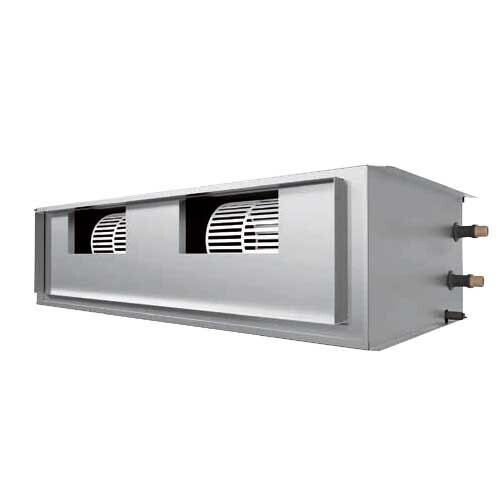Central air conditioning units
Central air conditioning units: features, benefits, and components
Central air conditioning units are essential for ensuring comfort and energy efficiency in modern buildings. Whether for residential, commercial, or industrial environments, selecting the right central air conditioning system can significantly impact performance, energy savings, and indoor air quality.
In this article, we explore the key aspects of central air conditioning units, providing a comprehensive overview of their functionality and advantages.
What is a central air conditioning unit?
A central air conditioning unit is a climate control system designed to regulate temperature, humidity, and air quality throughout a building. Unlike individual air conditioning systems, which are installed in separate rooms or spaces, central units are designed to cover large areas or entire buildings.
These systems use a network of ducts to distribute conditioned air evenly and consistently across all spaces.
Benefits of central air conditioning units
- Energy efficiency: Central air conditioning units are known for their high energy efficiency. By incorporating advanced technologies such as variable-speed compressors and eco-friendly refrigerants, these systems can significantly reduce energy consumption compared to traditional air conditioning systems.
- Precise climate control: Equipped with advanced sensors and automated control systems, central air conditioning units maintain the desired temperature and humidity with high precision, ensuring constant and optimal comfort across all areas.
- Improved air quality: These units are fitted with high-performance filters that remove dust, allergens, and other airborne contaminants, contributing to a healthier indoor environment.
- Reduced noise levels: Since the compressor and other noisy components are installed outside the building or in dedicated technical rooms, central air conditioning units operate more quietly than individual air conditioning systems.
Types of central air conditioning units
There are different types of central air conditioning units, each designed to meet specific needs:
- Variable air volume (VAV) systems: These systems adjust the amount of conditioned air delivered to different zones within a building, allowing for precise temperature control in each area.
- Constant air volume (CAV) systems: These provide a steady airflow but can adjust the temperature of the supplied air to maintain the desired comfort level.
- Split and multi-split systems: Mainly used in smaller buildings, these systems distribute cooling between an external unit and one or more indoor units, offering flexibility and efficiency.
Key components of central air conditioning units
Central air conditioning units consist of several essential components working together to provide effective climate control:
- Compressor: The system’s core, compressing the refrigerant and circulating it through the system.
- Condenser: Dissipates heat from the refrigerant, converting it from a gas to a liquid.
- Evaporator: Absorbs heat from indoor air, cooling and dehumidifying it.
- Fans and ductwork: Distribute conditioned air throughout the building.
- Filters: Remove particles and contaminants from the air, improving indoor air quality.




